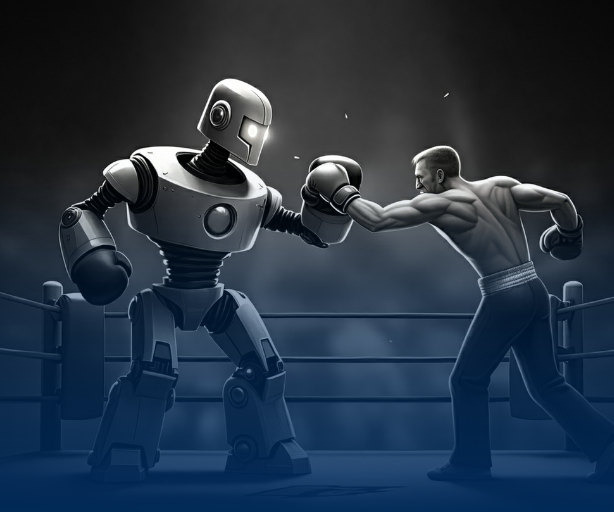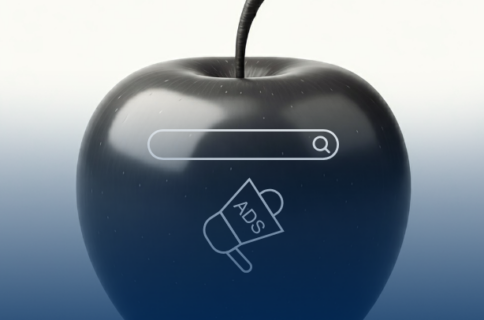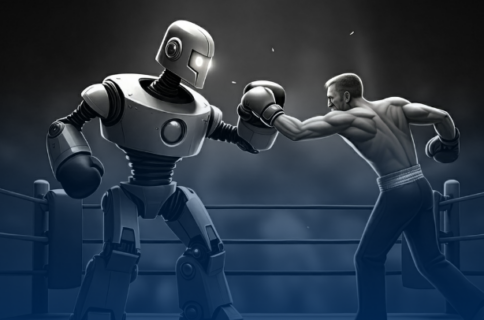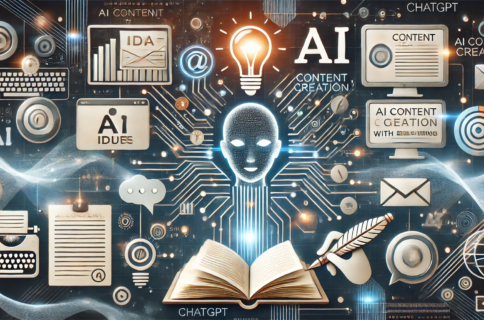
Machine Translation vs. Human Translation
Machine translation and human translation have advantages and disadvantages. However, it is important to know all its features to know which one best suits your needs.
Using a program or automated translation tools represents a great convenience if you want to transfer information from one language to another. However, in many cases, the literal translation provided by such software is not always the best, and it may produce different translation errors that can go unnoticed if you are not proficient in the language.
It is true that with this type of tool, websites, documents, marketing copy, and much more can be translated thanks to the incredible advances in automated translation. Nevertheless, this does not mean that we should forget about the extensive experience and language mastery that many professional translators possess, as they work daily to deliver better results.
Nonetheless, depending on your needs, or those of your clients, and the goals of the content you are going to translate, automated translation can be of great help. However, to have a better idea of what is involved in translating with software against human translation, it is important to mention their strengths and weaknesses.
Advantages and Disadvantages of Human Translation
The most significant benefit of human translation is the precision of the content it can provide. By understanding the language and culture, as humans, we have a better chance of resolving linguistic problems. In this sense, humans can identify the complexities of the language and can implement their own experiences and feelings to achieve better results.
Furthermore, something that a machine cannot do is access and deconstruct the language using creativity and emotions to “humanize” the content, as in literary translation. In this way, if the content is persuasive and presented with emotions, it is more likely to sell or attract more people.
Unlike automatic translation, if there is any issue where something is not fully understood, it is possible to have a conversation with another human translator to analyze those complexities. This means that there could be fewer revisions and fewer chances of making translation errors, which would benefit the project or the relationship with the client.
On the other hand, the disadvantage of this process is that human translation usually requires a higher budget and a little more time. This is because human translation needs more resources. This is a real inconvenience for many companies, so they opt for software translation. Human translation projects are not as quick to complete, and time is valuable.
Advantages and Disadvantages of Machine Translation
One advantage of machine translation is that professionals who work with these software learn and make massive improvements, which helps the AI learn how humans speak. This also improves the revision and adaptation processes, saving time for the final result.
Regarding the economic aspect, hiring humans to translate information from one language to another could increase costs considerably, depending on the experience, education, and language combination of the translator. This could become a problem if the budget is very limited, as well as time.
Although machine translation is fantastic and has many favorable aspects, that does not mean it is always the right option, as not all projects will benefit from it. There are several scenarios in which a human may be necessary, such as prior research or knowledge of the culture of the source and target languages.
Machine translation can result in a disaster if it is not used in appropriate projects or if it is not verified by a human before delivering it to the client. Likewise, if human translators find translation errors, they can also delve deeper or research further to understand the true meaning of the content, resulting in a more optimized final product.
It is essential to mention that, in marketing or literary projects, if the client is looking to reach more people or obtain more sales potential, the content must be as clear and precise as possible. If a potential customer sees inaccuracies in the translation or notes that it does not generate sales due to linguistic errors, they may not trust it enough in the future.
Finally, context is extremely important, as there are expressions or words that are the same but have different meanings depending on the context. In any language, there are small nuances that, unfortunately, machine translation is still unable to identify. For this, a human translator uses visual context and various linguistic aspects to translate accurately and convey the message consistently.
What Kind of Translation to Choose?
Some say that machine translation generates almost perfect results, while others insist that they are incomprehensible and cause more problems than they solve because, in the end, a human translator should review everything. On the other hand, the results may vary depending on the source and target languages, the machine translation program used, and the difficulty of the content.
Although machine translation continues to improve over time, it is not yet up to the level of critical thinking of a human. This leaves us with erroneous translations, where a human translator will have to improve what the artificial intelligence created and tailor it to the target audience.
Unfortunately, similar problems could also occur in a human translation. If the translator does not perform their tasks correctly or is not fully knowledgeable about the languages or culture they are working with, they will be doomed to failure. This will result in greater expenses, more time invested, and less confidence in their abilities. However, to avoid this, it is always good to research and make sure that the translator is the best choice.
In conclusion, during the translation process, the transfer of the message and its application to a specific group, human translators can manipulate the content to capture the most important aspects of the language and pass it on to another language in an optimal way. However, if the client’s needs do not require language precision as such, machine translation may be the most appropriate option for the project.





